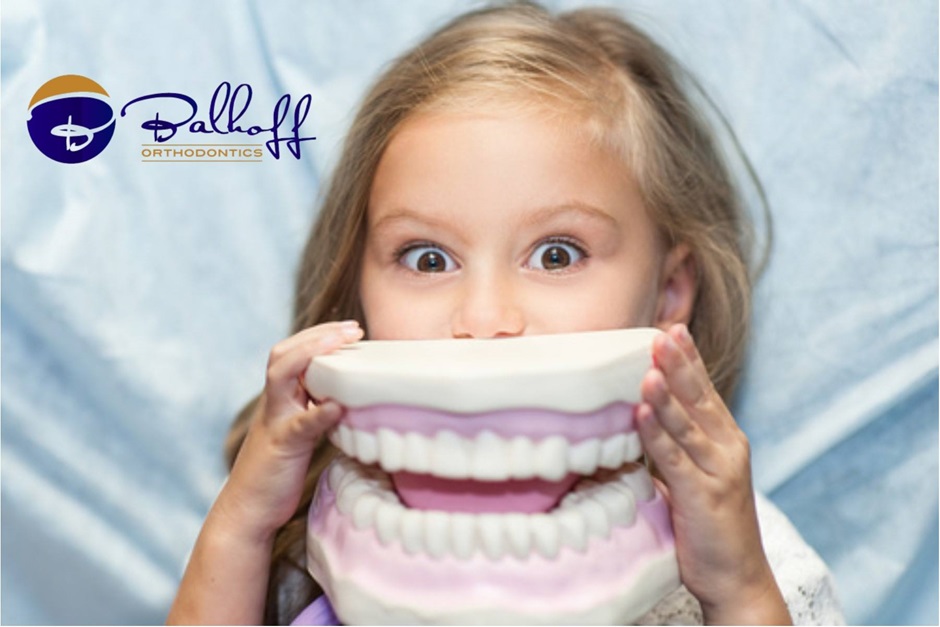
Do You Know at What Age You Must Get Braces?
Did you know among American children, almost 50 to 70% may need braces before becoming an adult? If you are parenting a child, you will surely be concerned to know that such a dental issue may result in unnatural growth of their jaw or teeth.
Therefore, you must know when you may think of braces for your child. If you live in Los Angeles, you may consult Balhoff Orthodontics clinic to discuss your child’s braces in Lafayette, LA.
The recommended age
If you are looking for braces for your child, then you must note the following:
1. Brace type may vary with age
The type of braces a patient may wear can indeed vary with age due to practical considerations. Children, generally, are less likely to wear invisible braces, such as clear aligners, as they may find it challenging to keep them in place consistently. Traditional braces may be more suitable for children because of their durability and fixed nature.
2. Teenagers/adults may prefer clear aligners
Teenagers and adults often prefer options like clear aligners because they are less noticeable, offering a discreet way to address orthodontic issues.
The increased flexibility and responsibility that come with age make it easier for older individuals to adhere to the requirements of removable aligners.
3. Treatment must be consistent
While the choice of braces may differ, the duration of treatment tends to be consistent across age groups. The average time for wearing braces ranges from 1 to 3 years, with children sometimes completing treatment more swiftly due to the greater malleability of their developing mouths.
4. Orthodontic care is critical at any age
Regardless of age, seeking orthodontic care sooner is advisable. Orthodontic issues can worsen over time if left untreated.
For instance, individuals with overbites might experience increased protrusion or heightened vulnerability to decay and breakage as they age.

It is always best to consult a nearby orthodontist, who is the best person to decide the right time for getting braces based on the patient’s:
- Age
- Lifestyle
- Specific orthodontic needs.
Can braces change with age?
The choice of braces varies by age, with children typically avoiding invisible aligners due to difficulty in compliance. Teens and adults prefer these discreet options for comfort. Despite age differences, the average braces duration is 1 to 3 years.
Children may finish sooner due to the malleability of their mouths. Regardless of age, seeking orthodontic care at the earlier stage is crucial, as issues tend to worsen over time.
For instance, an untreated overbite can lead to increased teeth protrusion, heightened susceptibility to decay, and breakage. Timely orthodontic intervention addresses these concerns, promoting oral health and preventing complications as individuals age.
Conclusion
About 50-70% of American children may need braces. The type of braces varies with age. Children may use traditional braces, while teens and adults prefer clear aligners.
Treatment duration averages 1-3 years, with children often finishing faster. The best thing to do is to consult with an orthodontist as early as possible so that the situation may remain under control at an appropriate age for your child.
